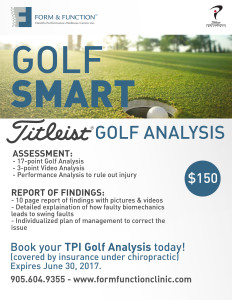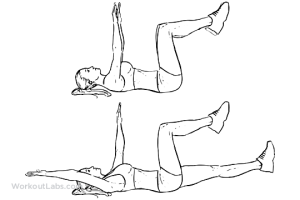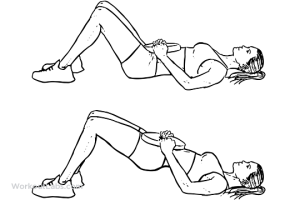Dr. Ryan Kim
BSc, DC
- Doctor of Chiropractic
- Doctor of Acupuncture
Dr. Ryan Kim is a board-certified chiropractor and acupuncture provider who is dedicated to providing safe and patient-centered care.
Dr. Kim holds a Doctor of Chiropractic degree from the Canadian Memorial Chiropractic College in Toronto. He initially graduated from Queen’s University with a Bachelor of Science (Honours) degree in Life Sciences. During his early studies, he developed a keen interest in human anatomy and neuroscience, as well as a strong passion for helping people. For these reasons, he was driven to pursue a career in medical sciences. Today, he works with a team of dedicated healthcare providers at Emkiro to provide outstanding care for his patients.
Dr. Kim has a wide range of experience diagnosing and treating different types of musculoskeletal conditions. He specializes in a variety of treatments, including spinal manipulative therapy, acupuncture, muscle release therapy, and rehabilitative exercises. In addition, Dr. Kim is also well-versed in joint mobilization, Gua Sha technique, orthotics, and electrostimulation.
Dr. Kim believes that health care, like clothing, should be tailored to the individual. To best help his patients, he combines clinical knowledge and the latest research with patient values and preference. Dr. Kim believes in educating his patients about the nature of their conditions, self-care tools that they can use at home, and different strategies to prevent future injuries. He also works collaboratively with his patients’ family physicians and/or other health professionals to best manage your condition.
Dr. Kim is registered and in good standing with the College of Chiropractors of Ontario.
Click below to book a chiropractic session with Ryan Today!















